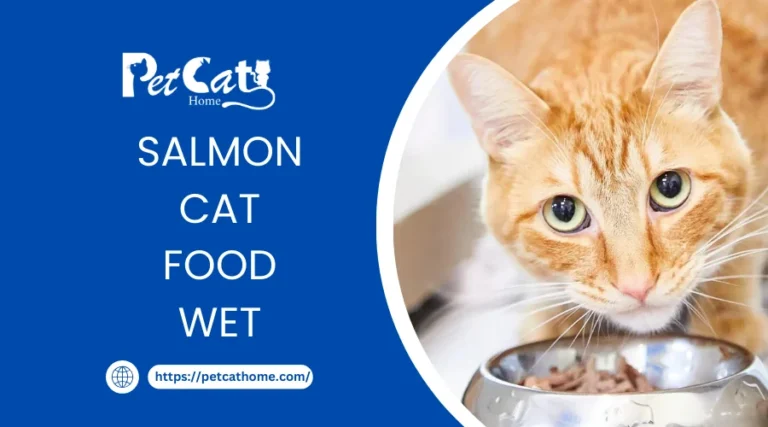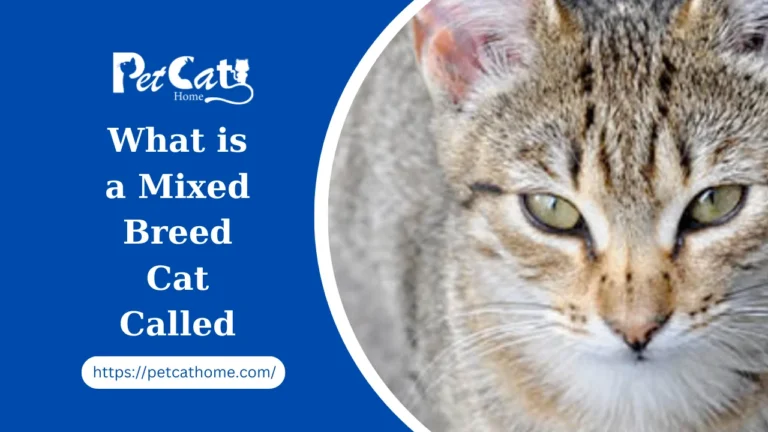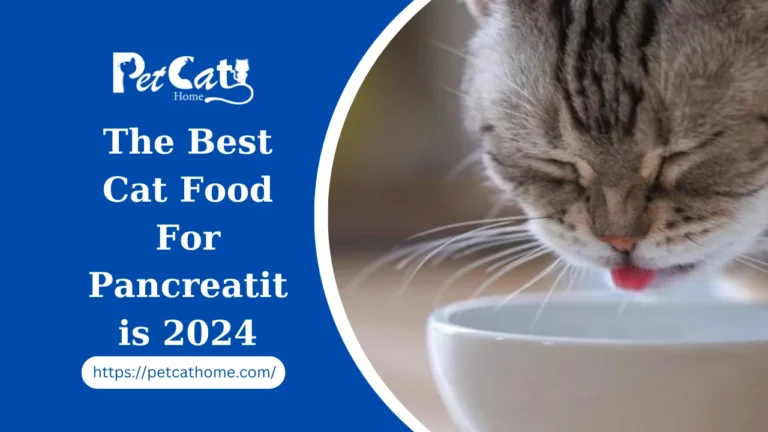How do I Make my Cat Food
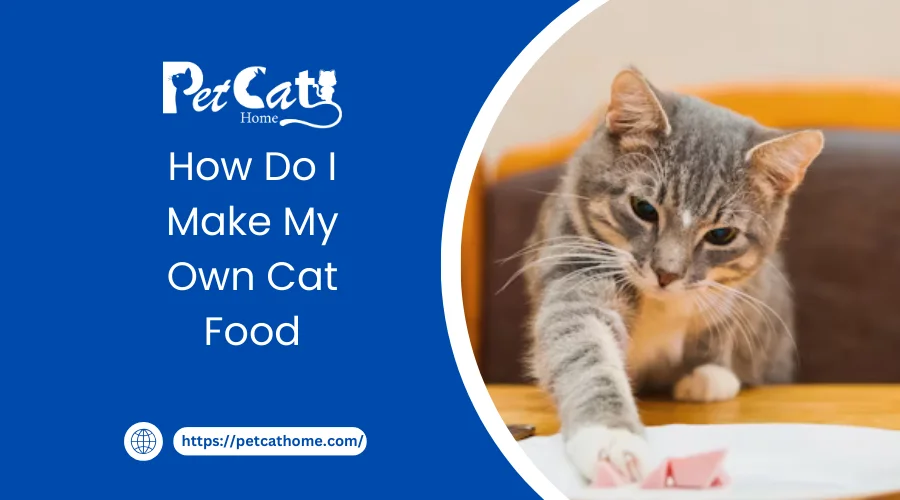
Making homemade cat food has become increasingly popular among pet owners in recent years. More people are looking for healthier options for their cherished feline friends as worries about the quality of commercial pet food keep growing. Making your cat food gives you complete control over the ingredients and guarantees that your cat is getting a healthy, well-balanced diet that is suited to their requirements.
Understanding the Nutritional Needs of Cats
Understanding the dietary needs of cats is essential before beginning the process of preparing homemade cat food. Cats are obligate carnivores, which means they must eat mostly animal protein in their diet, unlike dogs. For them to stay as healthy as possible, their diet needs to include essential nutrients including taurine, vitamin A, and arachidonic acid. Cats also need a healthy proportion of fat, protein, and carbohydrates to maintain their energy levels and general wellbeing.
Selecting Quality Ingredients
Choosing premium ingredients is essential to making healthy homemade cat food. If you are making homemade cat food, try to use lean meats like beef, turkey, or chicken. Make sure there are no preservatives or additives added to the meat, and that it is fresh. Add organ meats as well, such as liver and heart, to supply vital vitamins and minerals.
To improve nutritional diversity, include a range of veggies in your cat’s diet. Cooked peas, spinach, and carrots are good choices. But keep in mind that cats are naturally carnivorous, so veggies should only make up a small part of their diet.
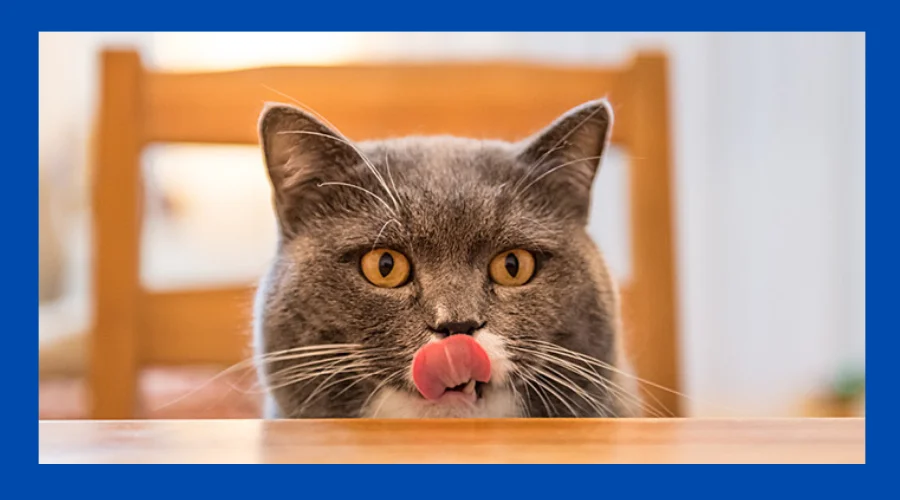
Homemade Cat Food Recipes
1: Chicken and Rice Delight
Ingredients:
- 1 cup cooked rice
- 1 tablespoon olive oil
- 1/2 cup cooked peas
- 1/2 cup cooked peas
- 1 lb boneless, skinless chicken breast
Instructions:
- Chop the chicken breast into tiny, easily palatable pieces.
- Heat the olive oil in a pan over medium heat.
- When the chicken is well cooked and browned, add the diced chicken and simmer.
- Rice, carrots, peas, and cooked chicken should all be combined in a big bowl.
- Make sure all the ingredients are fully combined by giving it a good stir.
- Before giving your cat a serving, let the mixture cool.
Recipe 2: Turkey and Sweet Potato Feast
Ingredients:
- 1 lb ground turkey
- 1 tablespoon coconut oil
- 1/4 cup cooked carrots, diced
- 1/4 cup cooked green beans, chopped
- 1 medium sweet potato, cooked and mashed
Instructions:
- Heat the coconut oil in a skillet over medium heat.
- When the ground turkey is added, cook it through and until it is browned.
- The cooked turkey, carrots, green beans, and mashed sweet potato should all be combined in a big bowl.
- To make sure all the ingredients are dispersed evenly, thoroughly mix.
- Before giving your cat a serving, let the mixture cool.
Ensuring Proper Storage and Handling
Handle and store homemade cat food carefully to avoid contamination and spoiling. After three or four days, throw away any uneaten parts of leftover cat food and store any leftovers in airtight containers in the refrigerator. To ensure cleanliness and avoid foodborne infections, wash your hands and all utensils carefully before and after making homemade cat food.
Consulting with a Veterinary Professional
Even though there are many advantages to feeding your cat homemade food, you should always speak with a veterinarian before making any big dietary changes. A veterinarian may offer insightful advice and suggestions customised to your cat’s unique dietary requirements, guaranteeing that they eat a healthy, well-balanced diet.
What do I need to know to make my own cat food?
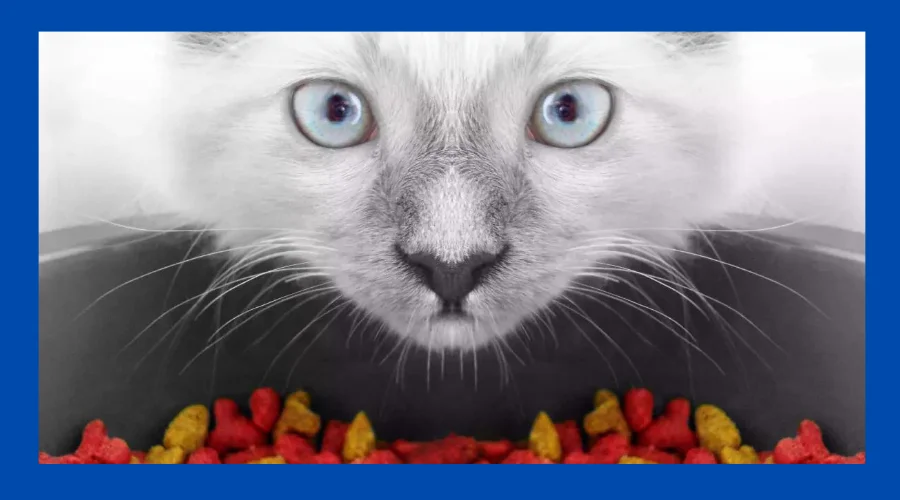
There are plenty of homemade dog food recipes available online and in cookbooks, but what about the family cat?
Making cat food at home is a far more difficult task. It’s more difficult to find recipes and information, and there is disagreement among experts regarding what foods cats may and cannot eat.
After graduating from the University of Pennsylvania School of Veterinary Medicine, Dr. Andrea Tasi has spent nearly her whole 30-year career specialising on felines.
She practices at Just Cats, Naturally in northern Virginia. Her methods include nutritional therapy, behaviour modification, and homoeopathy. She thinks it’s natural and possibly even healthier to move a cat from manufactured meals to a raw or partially cooked diet.
See your veterinarian about the nutritional and dietary requirements of your cat before making any dietary changes.
The following Q&A, which has been condensed for length and clarity, features Dr. Tasi and Times Test Kitchen director Noelle Carter:
Books on homemade dog food are widely available, but it’s difficult to locate cookbooks with an emphasis on cat food, much less recipes or even reliable guidance.
I believe that searching for consistency is a fruitless endeavour. There would be a wide range of responses if you asked 30 veterinarians what kind of food they thought would be best for cats.
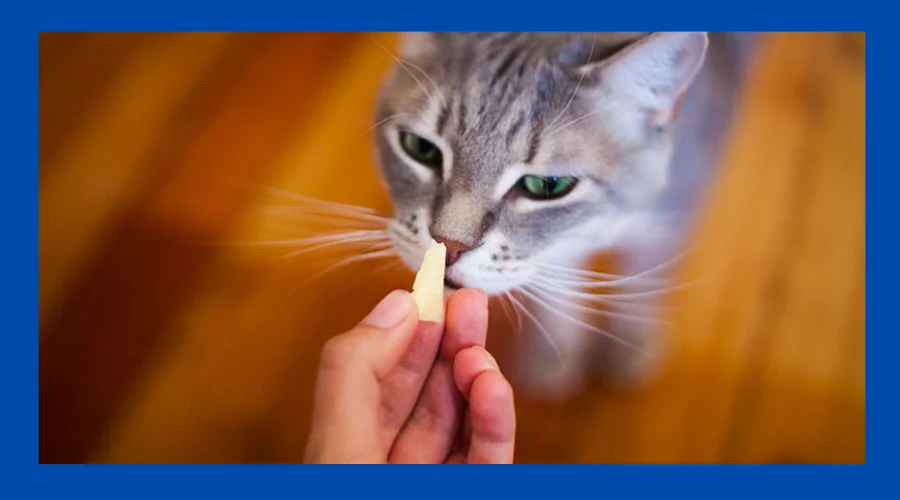
I believe you need to go back to the fundamentals and find out what veterinary schools teach their students about animal nutrition. And there’s just not much of an answer.
Most veterinarians think pet food manufacturers produce high-quality goods and care about the well-being of their customers’ pets. They know what’s best, they know what to do since they’ve done the research. And hook, line and sinker, I bought it. That is no longer true in my opinion.
Why?
I’ve followed the directions on feeding my kitties. Now, keep in mind that I’m not conducting scientific research here, but every cat I’ve owned has experienced a chronic ailment as a result of the processed foods I’ve fed them over the years. And because these cats are unconnected to one another, what unites them? I’m feeding them this.
In the wild, cats prey on mice, birds, tiny rodents, small animals, insects, and reptiles. Indeed, they consume a carnivorous diet, though they may occasionally graze on some grass. And who’s to argue against that?
What about the upscale “balanced nutrition” brands that we can get at upscale stores or even veterinarian clinics?
Grain is the basis of all dry foods. Has a cat ever been observed nibbling on a maize ear? Nope. I started recommending canned food, and very soon I realised that it was better to leave the dry food behind. However, I soon realised that because canning involves high-pressure-high heat cooking, even food that is canned has undergone extensive processing. As a human, you will always hear to eat less processed food when it comes to nutrients.
So our cats should be eating meat?
Meat isn’t the only option. When creating homemade cat food, our objective must be to employ a recipe that replicates a mouse’s nutritional needs. A mouse is the ideal feline meal. Cats do not eat fillet o’ mouse when they consume mice. They consume every piece of the mouse. Additionally, the nutrients in each of these various organs and tissues vary.
It seems like making cat food at home is far more difficult than purchasing ground chicken from the store.
If you want to feed your cats food that you’ve cooked yourself, you’ll need to invest a lot of time and extreme caution in the process. It’s not simple to do this. I don’t think cooking is the best place for folks to start if they want to feed their cats fewer manufactured foods.
You cannot just mash up raw chicken breast to feed an animal a raw, meat-based diet. That animal isn’t its whole. Bones provide you with calcium. Amino acids found in organs are necessary. Iron is found in fatty organs like the liver, so you need those. It’s not merely just a matter of “Let’s feed our cats some chicken that we bought.”
Where would someone start if they wanted to make food at home?
Start with pre-prepared [frozen raw] meals if you wish to do this. That’s how I did it, and after I got my cats used to it, I realized that, well, let’s start preparing our food because (a) I like to cook, (b) I can cook, and (c) I have the kitchen and the time. I have more control over the supply chain and it’s less expensive.
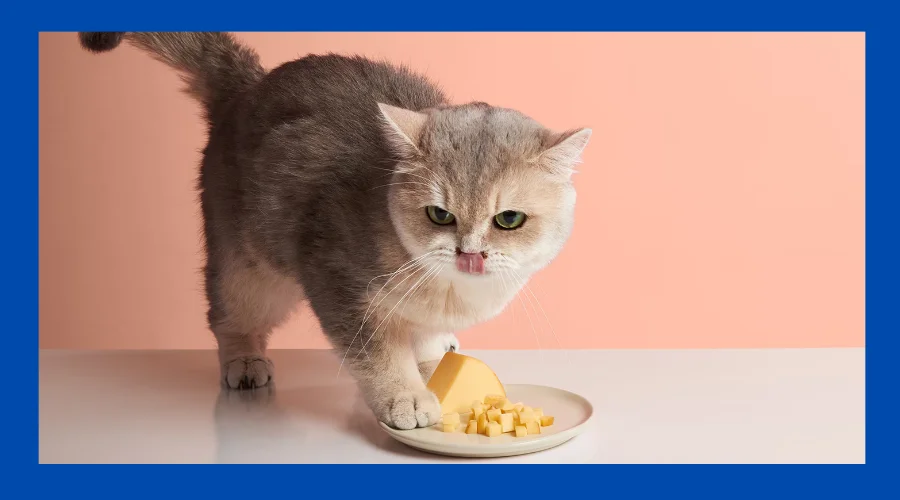
What kinds of meat can we feed our cats?
Any form of meat—beef, hog, chicken, or turkey—is acceptable. You should never feed uncooked fish. Fish contains something that may counteract the benefits of vitamin E. In any case, cats shouldn’t eat fish. African wildcats are the ancestors of cats, who developed as predators in the desert. That being said, I would feed my cats a few nibbles of cooked fish if I had any. However, I do not advise cats to eat a diet high in fish because it is not species-correct.
Many people have questions regarding raw versus cooked food. Is a raw diet required, and should I be concerned about my safety?
This is a highly contentious topic. Because they believe food safety is so important, the majority of veterinarians and the American Veterinary Medical Association have taken a position opposing raw diets. In my fifteen years of working with animals fed raw food, I can report that I have observed one family where two cats became ill. That is all.
Go to catinfo.org, the website of Dr. Lisa Pierson, before you start. She’s a pioneer and a highly traditional veterinarian. She used to recommend mostly raw meat for her cat’s diet, but these days she suggests partially boiling chicken pieces to reduce the risk of bacterial infection.
Furthermore, feeding anything raw or partially cooked is only safe when done with complete meat or animal pieces. Ground beef is not suitable. If you have a piece of chicken, the outside of the meat has salmonella, not the innards. I would immerse complete chicken quarters in boiling water for a minute before preparing my meal. That will presumably sanitize the outside of the skin by gently frying it.
FAQs
Is giving my cat homemade food safe?
Indeed, providing your cat with homemade food can be safe as long as it is prepared correctly and has a balanced nutritional content. To make sure you’re providing for your cat’s unique nutritional needs, speak with a veterinarian.
What advantages come with giving my cat homemade food?
When you feed your cat homemade food, you may minimize your cat’s exposure to additives and preservatives found in commercial cat food, customize the diet to your cat’s specific needs, and maintain quality control over the ingredients.
How do I make sure the homemade cat food I feed him is balanced in terms of nutrients?
Make sure your cat’s homemade food has a range of lean meats, organ meats, veggies, and grains in it for optimal nutritional balance. To make balanced recipes, get advice from a veterinarian or animal nutritionist. Alternatively, utilize commercial supplements designed specifically for homemade cat food.
I make my cat food; may I use raw meat?
Although some cat owners want to offer their pets raw meat, handling raw meat carefully is crucial to reducing the danger of bacterial contamination. Cats are generally safer when fed cooked meats; but, if you do feed raw meat, make sure to take safety measures to reduce the danger of foodborne illness.
How do I get my cat to start eating homemade food?
You want to wean your cat off of commercial food gradually to prevent an upset stomach. For a few days or weeks, gradually increase the percentage of homemade food in your cat’s current diet by starting with small amounts.
conclusion
Making your cat food enables you to give your pet’s health and well-being a top priority. You can feed your cat a delicious and nutritious meal that promotes overall health and lifespan by using high-quality products and simple cooking instructions.
